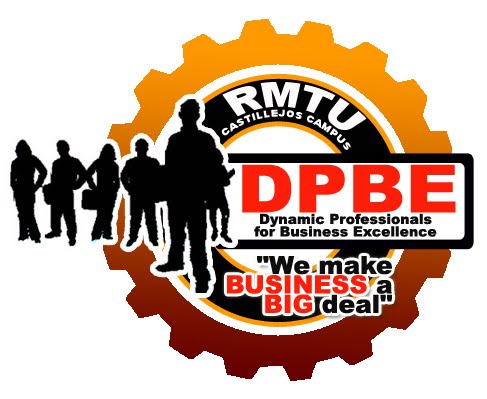Performance Control at Happy Chips, Inc.
Wendell Worthmann, manager of logistics cost analysis for Happy Chips, Inc., was faced with a difficult task. Harold L. Carter, the new director of logistics had circulated a letter from Happy Chips’ only mass merchandise customer, Buy 4 Less, complaining of poor operating performance. Among the problems cited by Buy 4 Less were: (1) frequent stock outs (2) poor customer service responsiveness and (3) high prices for Happy Chips’ products. The letter suggested that if Happy Chips were to remain a supplier to Buy 4 Less, it would need to eliminate stock outs by: (1) providing direct store delivery four times per week (instead of three) (2) installing an automated order inquiry system to increase customer service responsiveness ($10,000.00) and (3) decreasing product prices by 5 percent. While the previous director of logistics would most certainly have begun implementing the suggested changes, Harold Carter was different. He requested that Wendell prepare a detailed analysis of Happy Chips’ profitability by segment. He also asked that it be prepared on a spreadsheet to permit some basic analysis. This was something that Wendell had never previously attempted, and it was needed first thing in the morning.
Company Background
Happy Chips, Inc. is the fifth largest potato chip manufacturer in the metropolitan Detroit market. The company was founded in 1922 and following an unsuccessful attempt at national expansion has remained primarily a local operation. The company currently manufactures and distributes one variety of potato chips to three different types of retail accounts: grocery, drug, and mass merchandise. The largest percentage of business is concentrated in the grocery segment, with 36 retail customer locations accounting for 40,000 annual unit sales and more than 50 percent of annual revenue. The drug segment comprises 39 customer locations which account for 18,000 annual unit sales and more than 27 percent of annual revenue. In the mass merchandise segment, Happy Chips has one customer with three locations that account for 22,000 annual unit sales and almost 22 percent of annual revenue. All distribution is store-
direct, with delivery drivers handling returns of outdated material and all shelf placement and merchandising.
Recently, Happy Chips has actively sought growth in the mass merchandise segment because of the perceived profit potential. However, while the company is acutely aware of overall business profitability, there has never been an analysis on a customer segment basis.
Performance Statistics
Wendell recently attended a seminar at a major Midwestern University concerning activity-based costing. He was anxious to apply the techniques he had learned at the seminar to the current situation, but was unsure exactly how to proceed. He did not understand the relationship between activity-based costing and segment profitability analysis, but he knew the first step in either is to identify relevant costs. Wendell obtained a copy of Happy Chips’ most recent income statement (Table 1).
He also knew specific information concerning logistic costs by segment (Table 2).
All deliveries were store-direct with two deliveries per week to grocery stores, one delivery per week to drug stores and three deliveries per week to mass merchandisers. To obtain feedback concerning store sales, Happy Chips purchased scanner data from grocery and mass merchandise stores at an aggregate annual cost of $1,000.00 per segment. The drug store segment required use of handheld scanners by delivery personnel to track sales. The cost of delivery to each store was dependent on the type of vehicle used. Standard route trucks were used for drug stores and grocery stores, while extended vehicles were used to accommodate the volume at mass merchandisers.
Trade prices for each unit were different for grocery ($1.90), drug ($2.30), and mass merchandise ($1.50) customers. Wendell was also aware that Buy 4 Less required Happy Chips to cover the suggested retail price with a sticker bearing its reduced price. The machinery required to apply these labels had an annual rental cost of $5,000.00. Labor and materials cost an additional $.03 per unit.
Wednesday, December 2, 2009
Subscribe to:
Comments (Atom)
